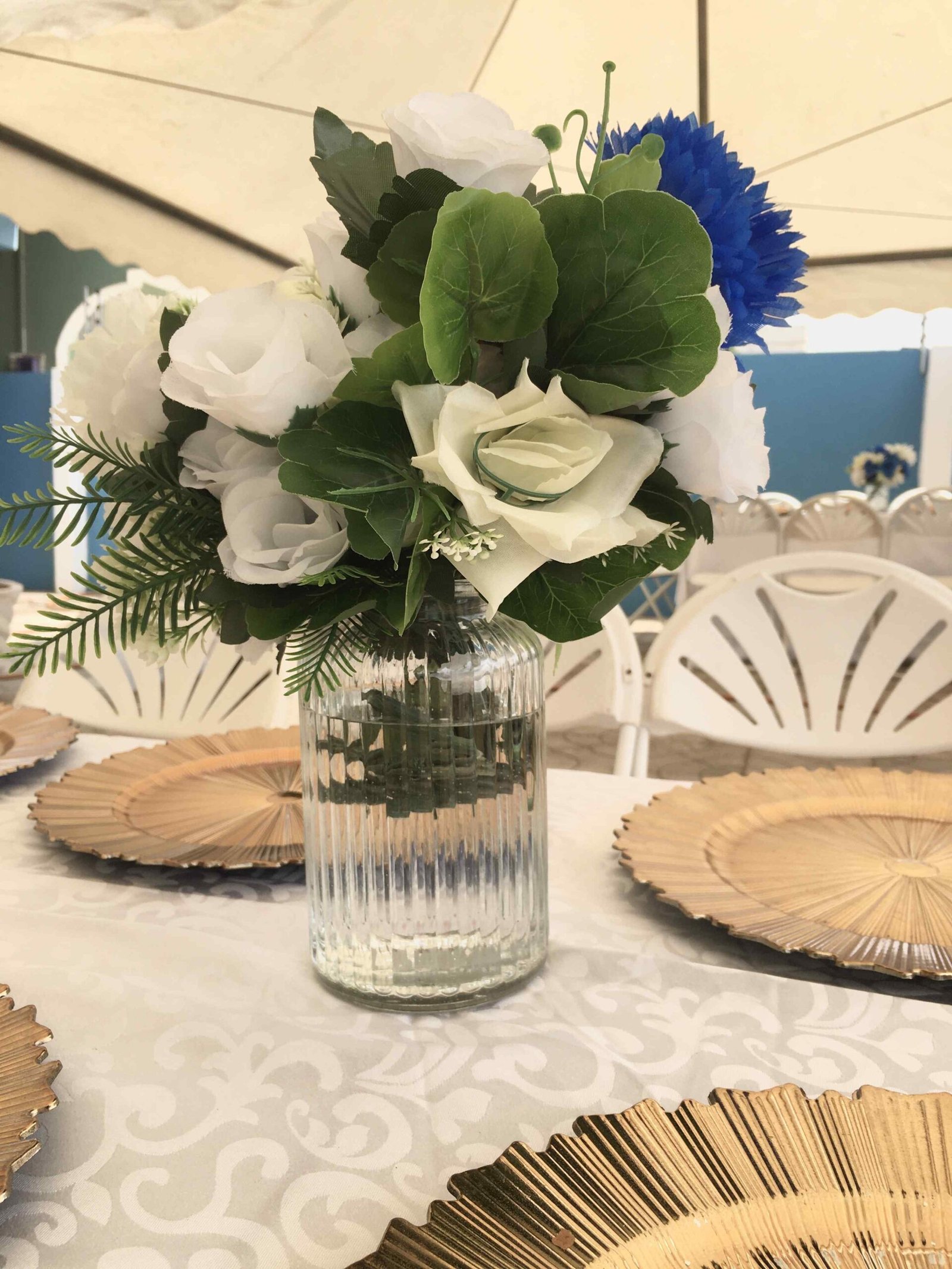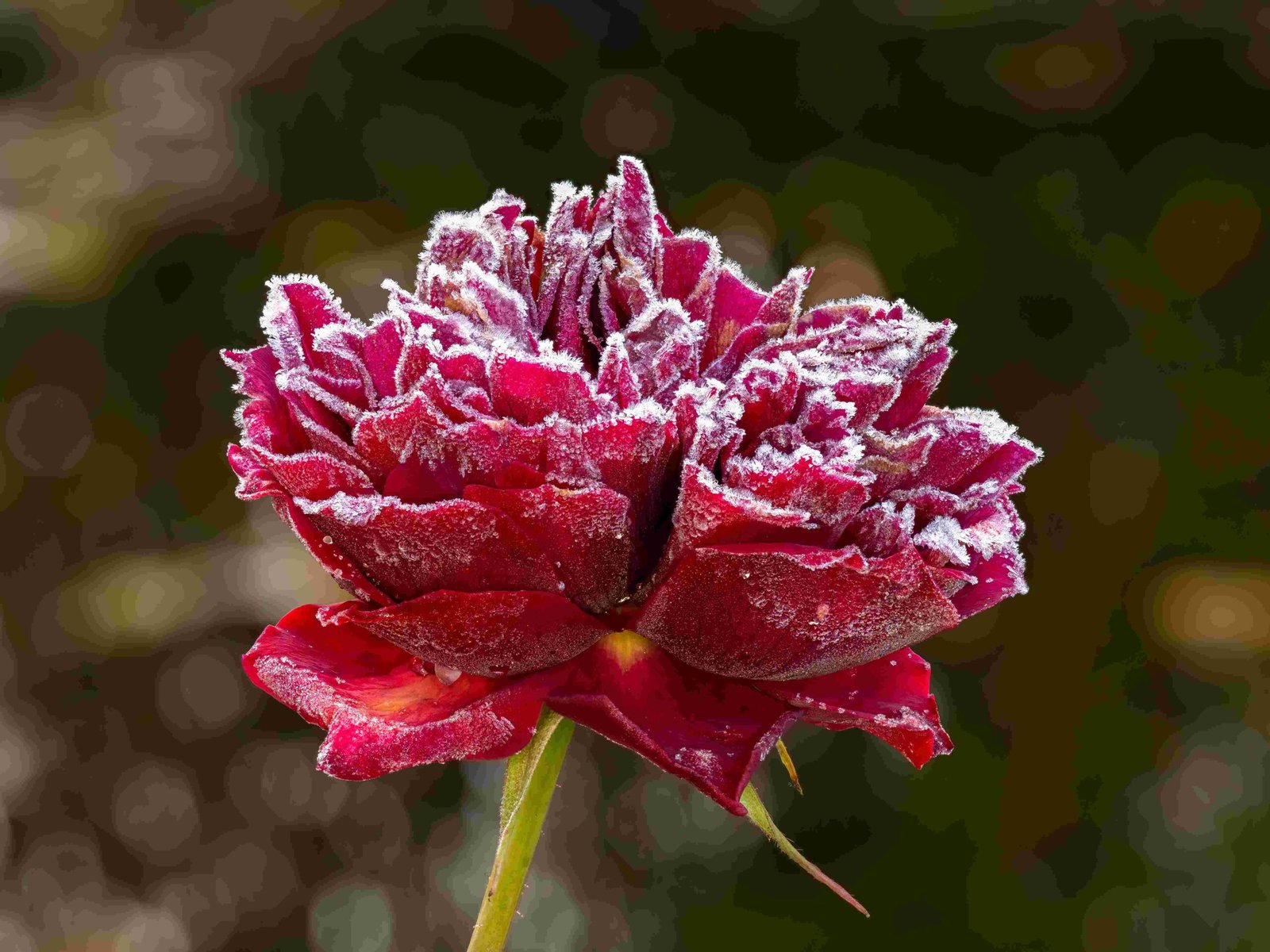What Brush Types and Sizes are Best for One Stroke Roses?

For painting one stroke roses, the choice of brush is crucial:
- Angled Brushes: These are highly recommended, especially for face painting and detailed work. An angled brush, typically a 3/4 inch or 1 inch flat brush, allows for precise control and the creation of defined petals. Load the lighter color on the long end of the bristles to achieve a gradient effect.
- Flat Brushes: Flat brushes can also be used, especially for larger roses. A flat brush with synthetic or natural bristles works well for blending colors and creating smooth, layered strokes.
How to Use the One Stroke Technique for Painting Roses?

What Materials are Needed?
- Acrylic or specialized one stroke paints
- Flat or angled brushes
- Palette
- Water
- Black paper or cardstock (for acrylics)
Step-by-Step Instructions
-
Prepare Colors: Load your brush with two colors adjacent to each other on the palette. For roses, common color combinations include white and red, or white, pink, and magenta. Ensure the colors are blended to achieve a gradient effect.
-
Load the Brush: Dip the brush into the paint and blend the colors until you get a smooth gradient. For an angled brush, load the lighter color on the long end of the bristles.
-
Paint the Outer Petals: Hold the brush perpendicular to the surface and apply gentle pressure. Start painting the outer layer of the petals first, using an upside-down “U” stroke. Wiggle the brush slowly to achieve a layered effect.
-
Add Subsequent Layers: Paint the second layer of petals with careful wiggly strokes, ensuring each layer is completely dry before adding the next. Reload the brush and clean it if the colors become muddy.
-
Create the Rose Bud: For the rose bud, start by painting an inverted “U” and then create a “U” stroke on top of it. Repeat these steps to build up the bud.
-
Add Center Details: For the center of the rose, make small petals by painting an upside-down “U” for the bottom part and a regular “U” with the lighter color at the top. Add smaller petals on each side using a backwards “C” stroke.
What are the Best Layering and Color Combinations for One Stroke Roses?
- Layering: Start with the outer petals and work your way inwards, ensuring each layer is dry before adding the next. This helps maintain defined petals and prevents muddiness.
- Color Combinations: Use contrasting colors to achieve depth. For example, white, pink, and magenta for a traditional rose look, or light and dark greens for the leaves.
How to Prepare the Canvas for One Stroke Roses?
What Surface Texture is Recommended?
- Black Paper or Cardstock: For acrylics, using black paper or cardstock can enhance the colors and provide a smooth surface.
- Primed Canvas: If using oil or acrylic paints on canvas, ensure the canvas is primed with a gesso to create a smooth, non-porous surface.
What Priming Materials are Needed?
- Gesso: Apply a coat or two of gesso to the canvas to create a smooth, primed surface.
What Environmental Conditions are Important?
- Well-Ventilated Area: Paint in a well-ventilated area to avoid inhaling fumes from the paints.
- Stable Temperature: Maintain a stable room temperature to ensure consistent paint flow and drying times.
What are the Recommended Paints and Brands for One Stroke Roses?
Acrylic Paints
- Chalkola Acrylic Paints: Known for their vibrant colors and ease of use in one stroke techniques.
- Folk Art Multi-Surface Paint by Plaid Enterprises: Recommended by Donna Dewberry, the creator of the one stroke technique, for its innovative and versatile paint.
Specific Color Codes or Names
- Titanium White and Scarlet Red: Common colors used for painting roses with Chalkola Acrylic Paints.
- White, Pink, Magenta, Light Green, Dark Green: Color combinations used by Donna Dewberry for a realistic rose look.
Reference:
1. How to Do the One Stroke Technique Using Acrylic Paints – Chalkola
2. One Stroke Painting Rose Flower for Beginners – YouTube
3. One Stroke Rose: Face Painting Tutorial – YouTube
